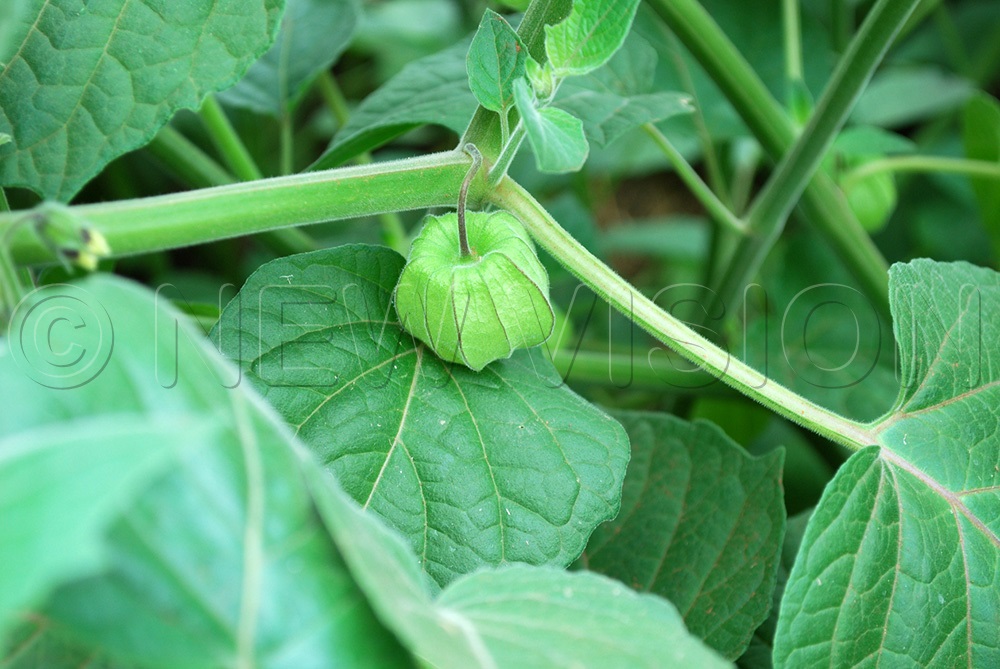Physalis peruviana or cape gooseberry also known as golden berry is a perennial plant that grows to a height of 2-3 feet and it is from solanaceae family.
Growing and caring for the plant
Henry Ssekyewa, an agronomist says cape gooseberry can be either propagated from seeds or cuttings but with a rooting powder.
However, a plant propagated from cuttings develops flowers at an early stage and it’s less vigorous than those from seeds.
The plant prefers sandy-like and well-drained soils, average watering, and full sunlight. He says plant distancing cape gooseberry 50-60cm apart.
“Water it thoroughly during the growing year but reduce towards ripening time,” he notes.
The plants will produce fruits after three months of sowing the seeds.
Ssekyewa, explains that Cape gooseberry fruits, when ripe turn into yellow or orange.
Harvesting is done every after 2-3 weeks after the first harvest
“Do not eat unripe cape gooseberry fruits because they contain a lighter form of poisonous alkaloids which may cause allergy,” he notes.
Deterring birds from Cape gooseberry garden is very important because they like feeding on its fruits. He says use scare birds to chase them away.
Uses of Cape gooseberry
Its fruits contain pectin which helps in calcium as well as phosphorus absorption thus good for making the bones stronger.
It is rich in fructose hence good for diabetic patients, it is also rich in vitamin A which is good for the eyes. Ssekyewa adds that the plant also helps in boosting the body’s immune system.
They can be added to salads or desserts.
Pests and diseases
Cape gooseberry plants are not easily attacked by pests or diseases. But it is usually attacked by pests like red spiders and potato tuber moths.

He explains that the plant is also prone to root rots and viruses if it is grown on poorly drained soils.
Also, diseases like powdery mildew and bacterial leaf spot disturb the cape gooseberry plant. Use pesticides and fungicides to do away with them.





